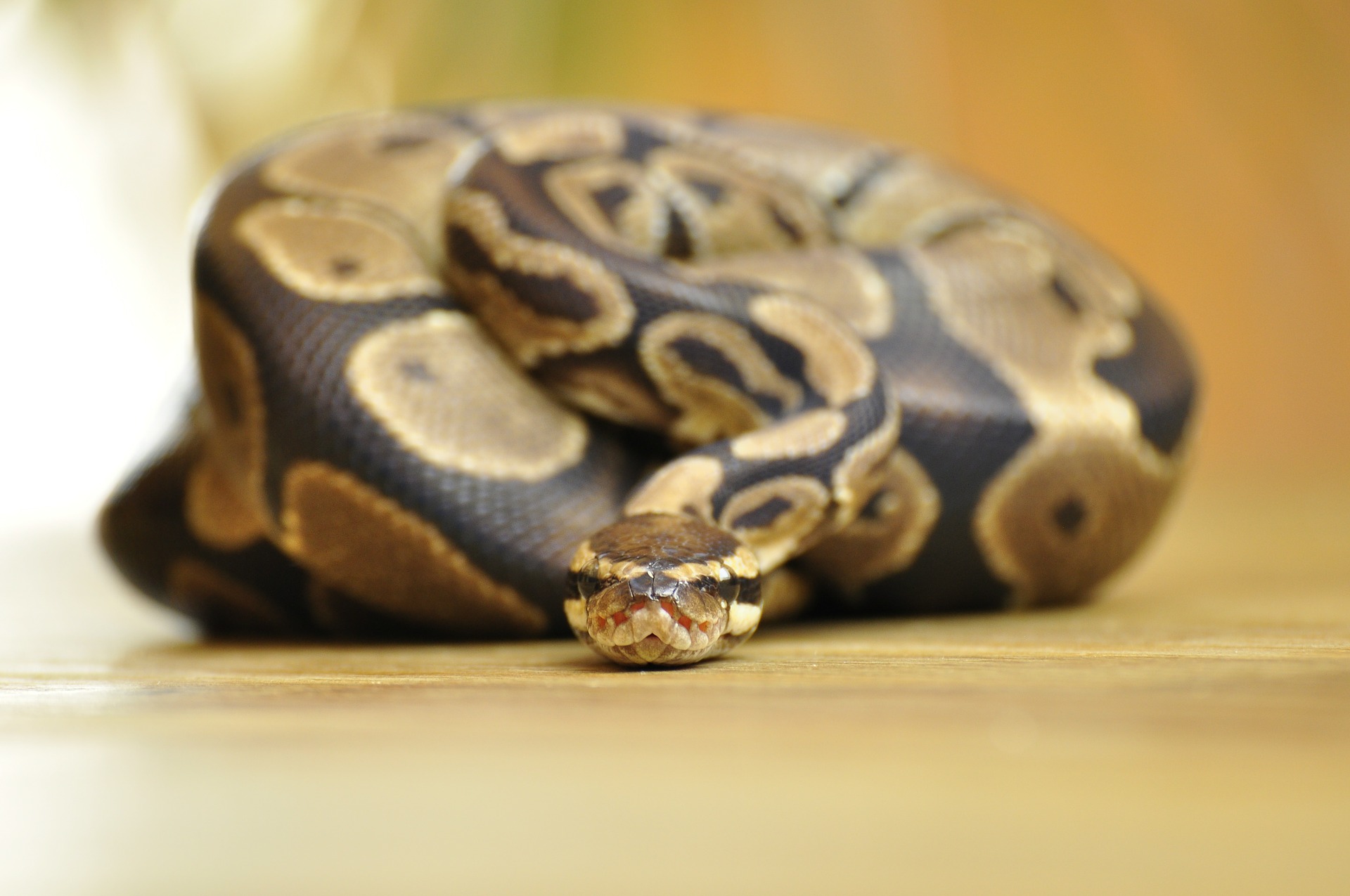
Reptiles and amphibians are all pretty awesome pets. They’re certainly more unexpected than a dog or cat. And they have a huge range of features that make them fun to watch and exhibit. Take a look at some of the adaptations snakes have going for them that make them one of the most popular exotic pets.
Snake physiology
Let’s start with just the things about snake’s bodies that are different from other animals.
No legs
Probably the most distinctive physical feature of snakes is that they don’t have legs. It seems kind of like a disadvantage, huh? Not having legs is actually a huge benefit to snakes. It allows them to move through the grass silently, without disturbing plant stems and leaves so that they can sneak up on prey. It also gives them easy access to rodent holes, where they can find food.
Of course, there are a few other reptiles that are also legless. If you’re looking for a legless pet and want something other than a snake, take a look at the European legless lizard, a.k.a. Scheltopusik. It has its own interesting set of adaptations.
Flexible jaws
Watching a snake eat is an experience different from feeding any other pet. Snakes have particularly flexible jaws that allow them to swallow whole prey that is larger than their heads. Although lizards share some of the flexibility of snakes in their spines, they cannot open their jaws like this.
One of the adaptations that allows a snake to opens its mouth so wide is that their lower jaw is two separate pieces. That is, they have a left lower jawbone and a right lower jawbone that are not attached to each other. But their jaw is always connected by flexible tendons and ligaments.
Snake behavior
Snakes also have some interesting behavioral adaptations. And many of these are particular to certain species.
Coiling
All snakes can coil their bodies, but ball pythons are especially known for coiling up into a ball as a defense mechanism. Not only is it a distinctive characteristic; it also makes them good candidates for pets because they rarely strike or bite, preferring to coil into a ball.
Rattling
Rattlesnakes aren’t the only snakes that rattle their tails. Many snakes will actually shake or twitch the ends of their tails when nervous or feeling threatened. It’s a way for them to give warning. Corn snakes are one of the snakes commonly owned as pets that will rattle their tails vigorously on occasion.
Climbing
The vast majority of pet snakes are ground dwellers. But some snakes can actually climb remarkably well. If you’d like to keep a snake that lives in trees, the jungle carpet python is relatively easy to handle compared to other tree dwelling snakes.
Simply put, snakes are the coolest. Of course, we’re sure some of you have a soft spot for a different herp. Tell us in the comments about your favorite exotic pet.
